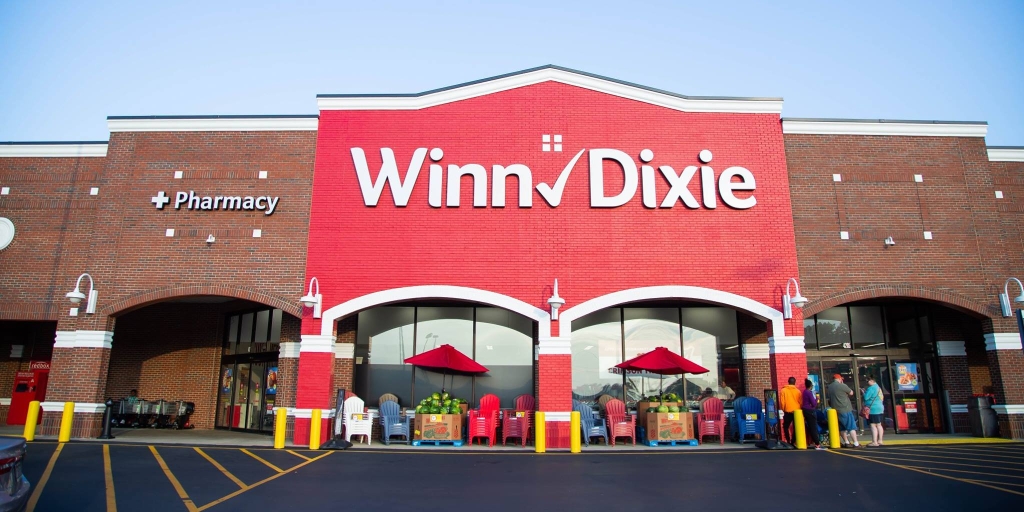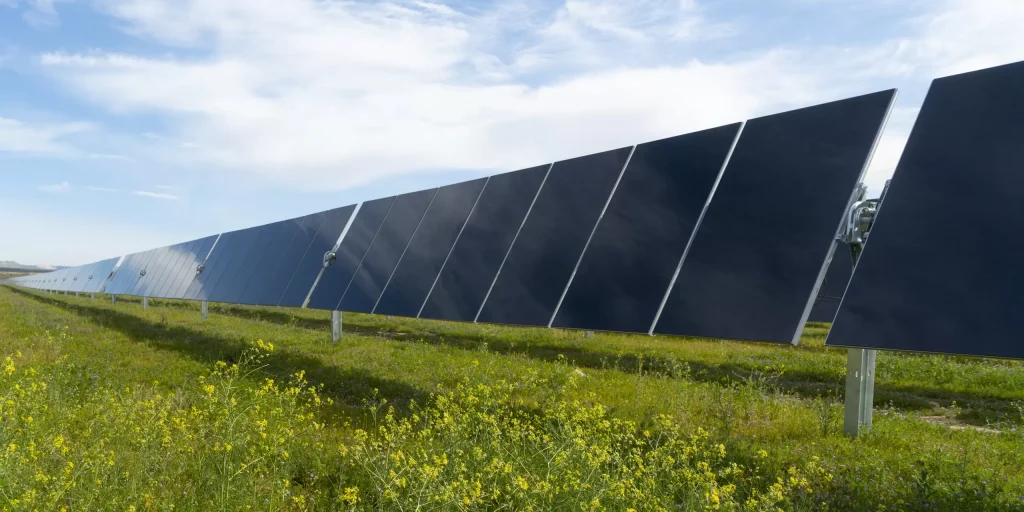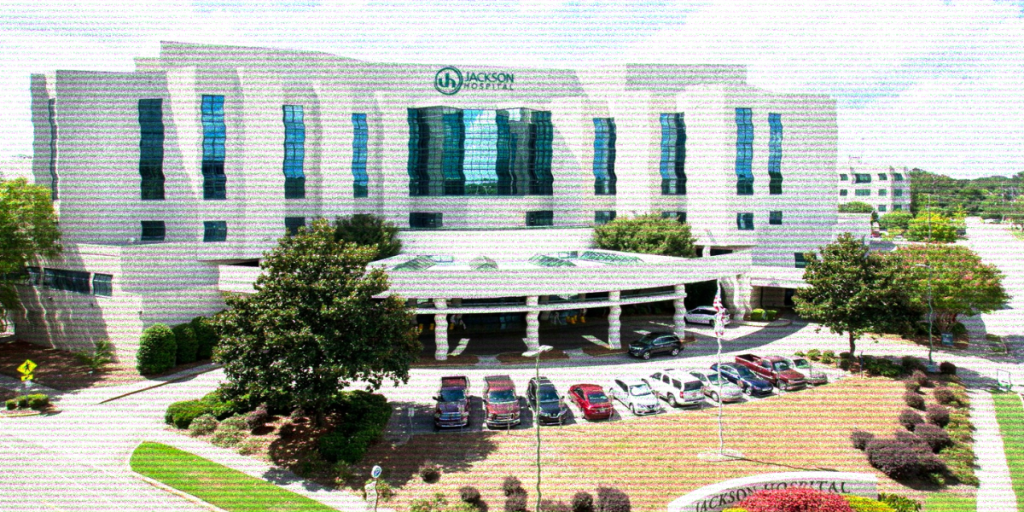Over the past three years, Alabama homebuyers have seen monthly mortgage payments climb by more than 50% in many metro areas, reflecting a national trend fueled by sharply rising interest rates and higher home prices.
A new report from Construction Coverage analyzed data from the U.S. Census Bureau and Zillow to identify the cities most impacted by rising interest rates since 2022. The findings show that nearly every metropolitan area in Alabama—from Birmingham and Huntsville to Dothan and Florence—has experienced a significant increase in monthly housing costs.
According to the report, the average 30-year fixed mortgage rate in the U.S. increased from 3.8% in early 2022 to about 6.8% in 2025. That change alone represents a roughly 80% increase in borrowing costs. Combined with rising home prices, the result has been a steep rise in monthly payments.
RELATED: Alabama housing market sees strong growth in May, inventory hits five-year high
Nationally, the typical monthly mortgage payment rose from approximately $1,177 to $1,870—a jump of nearly 60%. Alabama metro areas followed a similar pattern. The report found that most of the state’s metro markets experienced increases in the 55% to 63% range over the same time period.
In cities and areas like Mobile, Montgomery, Auburn-Opelika, Florence-Muscle Shoals, and Dothan, mortgage payments are up more than $350 per month compared to three years ago. Similar increases have been observed in Birmingham-Hoover, Huntsville, Tuscaloosa, Gadsden, and Decatur.
“Although high interest rates have moderated home prices to some extent, the adjustments have not proven sufficient to counterbalance the heightened borrowing costs,” the report states. It also notes that a persistent shortage of housing inventory is keeping prices elevated, putting further strain on affordability for prospective buyers.
As a result, Alabama families looking to purchase a home today are facing far steeper monthly obligations than those who bought in 2022. The data suggests that even if home prices stabilize, borrowing costs remain a major hurdle to affordability in markets across the state.













